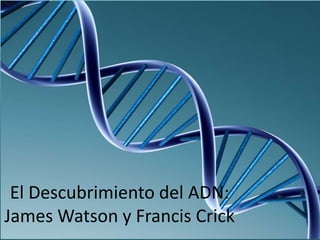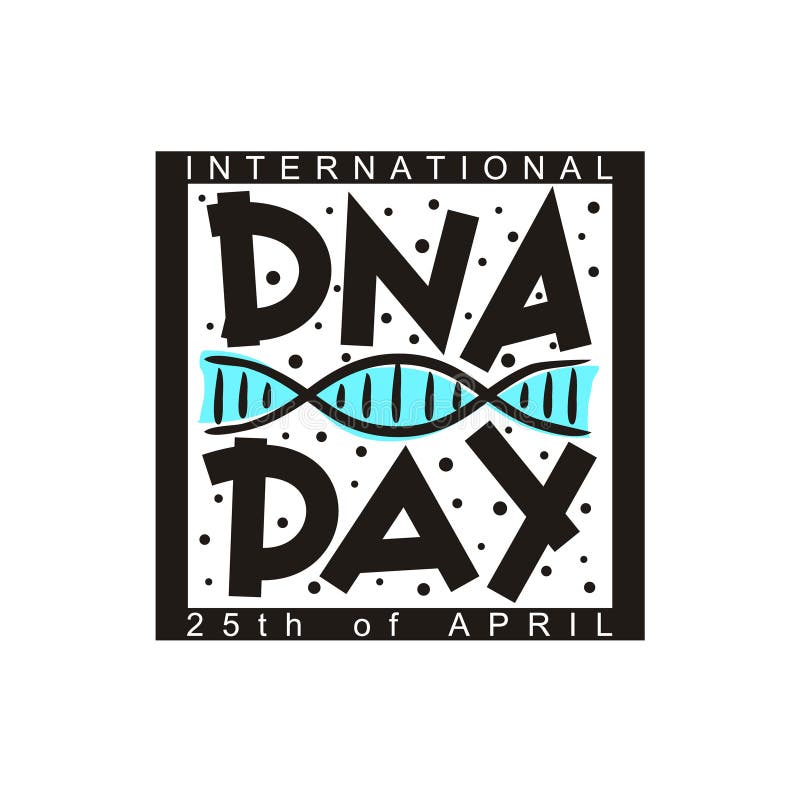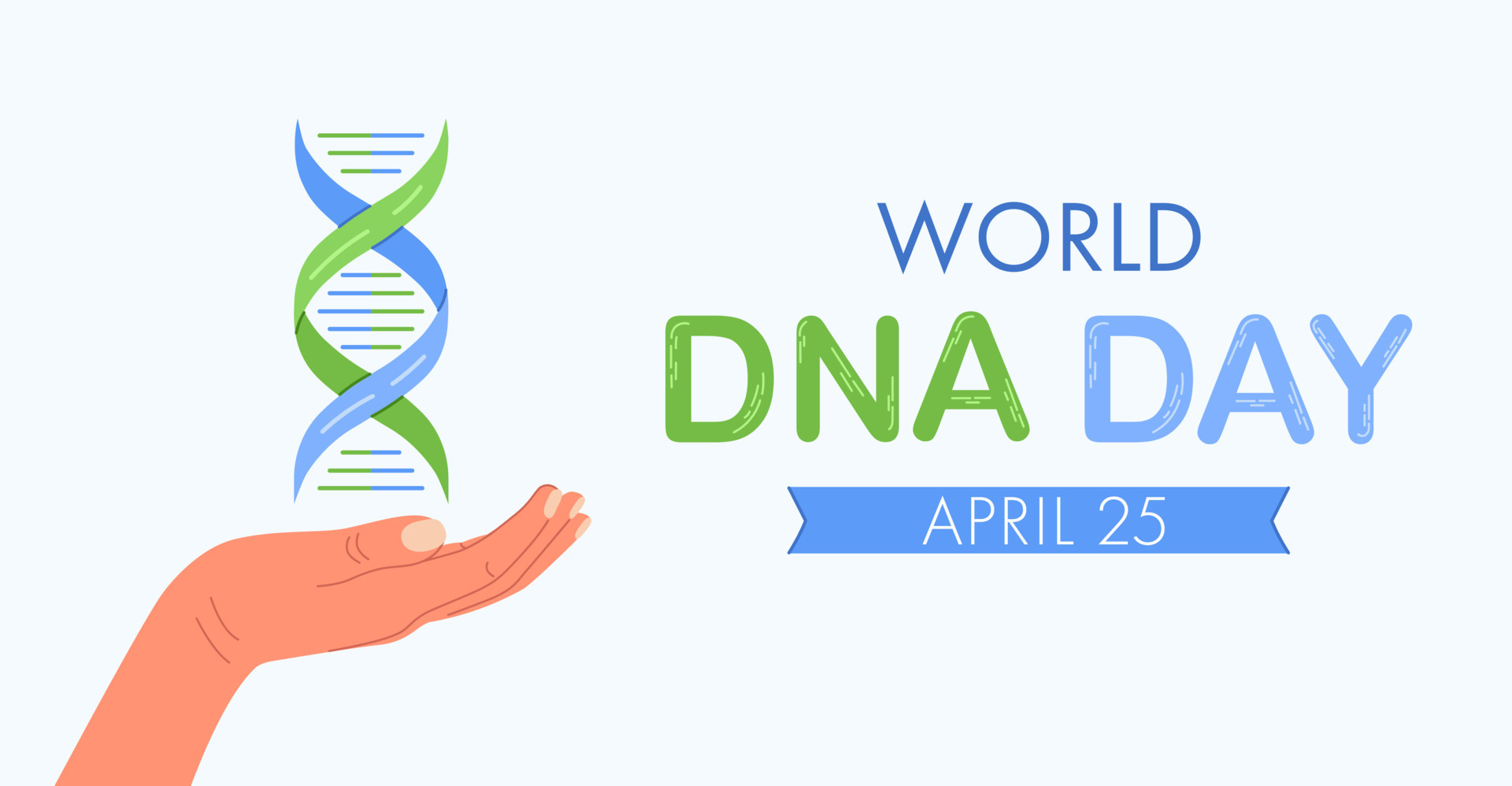Sacred Geometry
Sacred Geometry, forms the underlying principles of its Religious Architecture, Art and Music in Venice. Evidence suggests that the original layout of the early city was planned, using these ancient geometrical and mathematical considerations. One good example is in the siting of groups of Bell-Towers (Campaniles), that contributed towards the development and success of this great city. In what is a “labyrinth” of canals and walkways; these high towers aided communication (by visual line of site and sound), movement around the city and maintenance of authority, security and defence.
Sacred Geometry: the “Starred Dodecahedron” at St Mark’s Basilica. To the left of the main doorway on the floor, is a curious mosaic of a starred dodecahedron; attributed to Paolo Uccello (1397-1475), the famous Florentine Renaissance artist. It is thought that his main influence was Luca de Pacioli (1445-1517), a Franciscan monk and famous mathematician, considered the father of modern book-keeping.
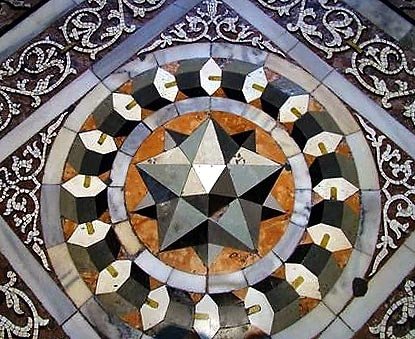
In 1509 in Venice, de Pacioli published “De Divina Proportione”; primarily concerned with the “Golden Ratio” and its use in architecture and painting.
The dodecahedron is a twelve-sided or faceted figure. Each facet has five sides, so by extending the sides out to meet and form “pyramids”; a star is formed. Hence, the starred dodecahedron is made up of twelve pentagons.
The significance of this was that the pentagon (a five-sided figure with straight and equal sides), was to the wise men of Antiquity, symbolic of Venus; the planet governing Venice. Hence the importance of its presence at St Mark’s Basilica.
In traditional symbolism, the dodecahedron was the form that best represented the manifestation of God in Nature. For Plato it symbolised “Cosmic Harmony”. It is a three-dimensional representation of the symmetry of the pentagon and the “Golden Ratio”, that occurs naturally throughout the natural world.
This golden ratio (or golden mean), is the essential property of the dodecahedron and other geometric forms described by Plato as “celestial”. Five in number, they were the model for all the forms found in the natural world. Sacred geometry is the underlying and organising principle of Creation. These universal forms are systematically organised in a geometrical form in which each figure has its own mathematical and philosophical interpretation; hence their use in religious architecture and art.
SACRED GEOMETRY
Sacred geometry is a vision of the world, according to which the basic criteria for existence, are perceived to be sacred. By learning its laws, principles and the interrelationships of shapes, the “Universal Grand Project” (Magnum Misterium), can be contemplated.
Five universal shapes or forms known as the “Platonic Solids” (after Plato), are systematised in a geometric complex, in which each figure has its own mathematical and philosophical interpretation.
They are applied in projects of sacred architecture and sacred art, which always uses the “divine proportions”, in which Man reflects the Universe and the Universe reflects Man. It is commonly believed that sacred geometry is found in Music, Light and Cosmology.
Some consider it to be a universal facet of the human condition; as for example when man discovered its system of values, in Megalithic and Neolithic cultures.
Sacred Geometry is fundamental to the construction of churches, synagogues, temples and mosques and to their interior design and proportions. Passed down through Graeco-Egyptian culture, to ancient Rome and then inspiring the medieval Roman and Gothic architecture of European cathedrals; which incorporated this geometry of sacred symbolism.
THE FIVE PLATONIC SOLIDS (after Plato)
Pythagoras the philosopher and mathematician, was said to have founded the system of Sacred Geometry at his school in Croton, Greece. It is believed that he brought back his knowledge, from travels to Egypt and India. He created “Pythagorian Geometry” by using the golden ratio of 1.618 and applying it to the geometric forms of the five basic solids. Plato, mentioned them to such a degree that they became known as the “Five Platonic Solids”.
It was a Greek myth that inspired Pythagoras, about the child-god Dionysus’s toys: a basket, dice, top, ball and mirror.
On a cosmic level:
The Basket: represents the Universe
The Dice: represents the five Platonic solids symbolising the natural elements: ether – air – fire – water – earth.
The Top: is the atom of the matter.
The Ball: is the earth’s globe.
The Mirror: reflects the work of the Supreme Geometrist, (Dionysus), which itself is the universal manifestation of Life and Consciousness; of God towards Man and Man towards God.
Each of the five Platonic solids represent a planetary energy, that is connected by its form to a natural element.
The five basic solids are: the tetrahedron (pyramid) – four sides, the hexahedron (cube) – six sides, the octahedron – eight sides, the dodecahedron – twelve sides and the icosahedron – twenty sides.
(Definition – Hedron: : geometrical solids having a specified number of plane faces Poly: many)
In three-dimensional space, a Platonic solid is a regular, convex polyhedron. It is constructed by congruent (identical in shape and size), regular (all angles equal and all sides equal), polygonal faces with the same number of faces meeting at each vertex.
Five solids meet these criteria:
 Dodecahedron: is linked to Venus and Ether, the natural quintessence expressed by a temple’s dome.
Dodecahedron: is linked to Venus and Ether, the natural quintessence expressed by a temple’s dome.
Octahedron: is linked to Saturn and the Air, represents the Cross of the Transcept.
The Tetrahedron: is linked to Mars and Fire, is represented by openings in the temple, where light gushes through.
Icosahedron: is linked to the Moon and Water, establishes the harmony of forms in the temple’s design; constructing the connecting lines between the alters and columns.
Hexahedron: fixes the Sun to its element, the Earth; by determining the shape of the temple’s foundations or floor.
The main purpose of Sacred Geometry is to create Universal Perfection, through perfect mathematical forms and calculations. By using sacred architecture, connecting the Multiple to the Single, in a space dedicated to this end.
Here are alternative definitions of Sacred Geometry, that may help understanding of a rather complex subject:
Sacred Geometry is the underlying and organizing principle of Creation.
Five universal forms are systematically organised into a geometric form, in which each figure has its own mathematical and philosophical interpretation; hence their use in religious art and architecture.
These forms best represent the “Manifestation of God in Nature” and our Universe and those beyond” and to Plato was symbolic of “Cosmic Harmony”.
They were the model for all the forms found in the natural world.
Sacred Geometry may be understood as a worldview of pattern recognition, a complex system of religious symbols and structures involving space, time and form. According to this view the basic patterns of existence are perceived as sacred.
By connecting with these, a believer contemplates the Great Mysteries, and the Great Design. By studying the nature of these patterns, forms and relationships and their connections, insight may be gained into the mysteries – the laws and lore of the Universe.
Sacred Geometry is another term for the Algorithm, Matrix, Illusion, or Simulation that unites and creates all realities.
Sacred geometry involves sacred universal patterns used in the design of everything in our reality, most often seen in sacred architecture and sacred art. The basic belief is that geometry and mathematical ratios, harmonics and proportion are also found in music, light, cosmology. This value system is seen as widespread even in prehistory, a cultural universal of the human condition.
ADDITIONAL UNIVERSAL SACRED SHAPES AND PATTERNS

Sphere: Perhaps one of the simplest and most perfect of all forms, the sphere is an expression of unity, completeness, integrity, and equality. It is the most profound and sacred symbol in the Universe and contains all the wisdom of creation. It is from the sphere that the other shapes are organized. With the sphere, we are reminded that everything fits together in perfect proportions and it is the portal that opens you to the workings of nature
The Flower of Life. The Flower of Life is made of evenly-spaced, overlapping circles with six-fold symmetry similar to a hexagon. The Flower of Life embodies our Life Force energy, or Chi, and the lifeblood that flows through us. Our energy, the Earth, and everything in the Universe is woven within a common repeating pattern that manifests in the geometry of this single sacred flower. Its perfect, infinite pattern represents the very thread of our being, stretching across planes and dimensions. The Flower of Life symbol is used throughout the world. It can be found at the Temple of Osiris in Egypt, the Forbidden City in China, and sacred sites in Israel, India, Spain, and Japan.
The Merkaba. The Merkaba is another powerful symbol that is created when two star- tetrahedrons are combined – one pointing up to the heavens, channelling energy down from the Universe to the Earth; and one pointing downwards, drawing energy up from the Earth. The Merkaba is a light vehicle believed to be used by the ascended masters to connect with and transport to the Higher Realms. “Mer” means light. “Ka” means Spirit. “Ba” means Body. The Merkaba is linked to Metatron, the archangel who is most attributed to sacred geometry and the mysteries and inner workings of the Universe.
The Kaballistic Tree of Life. The symbol is believed to be derived from the Tree of Life. The diagram is also used by Christian Cabbala, Hermetic Qabalah and Theosophy. Kabbalah is an ancient wisdom that reveals how the universe and life work. On a literal level, the word Kabbalah means “receiving”. It is the study of how to receive fulfilment in our lives, discover how the universe works and what the meaning of life is. Essentially, spiritual illumination – a pathway to God. It is usually referred to as the Kabbalistic Tree of Life, in order to distinguish it from other concepts with the same name. The Kabbalist seeks to know himself and the universe, as an expression of God and to make the journey of Return by stages charted by the Sephiroth; until he has come to the realisation he sought.

Shell: Passion flower: Spiral Galaxy: Giants Causeway



Fremasonry – The All Seeing Eye
Please see my other related posts, in the category of: History and Architecture
For those interested in the mysterious, mythical or dark side of Venetian history and culture; I have put together a list of links below to those posts that include elements of Christian Symbolism, Sacred Geometry, Kabbalah, Freemasonry and Alchemy, which I hope to expand.
St Mark’s Basilica
The Lion of St Mark
Santa Maria della Salute
Symbolism of the Venetian Cross
Palazzo Lezze and Alchemic Symbolism
Kabbalah and San Francesco della Vigna
La Maddalena and Masonic Symbolism
Doge’s Palace – Column Capitals
Mouths of the Lion
Pateras – Small Circular Reliefs
 Frederic Legrand - COMEO / Shutterstock.com
Frederic Legrand - COMEO / Shutterstock.com
 Priscilla Chan, esposa de Mark Zuckerberg con Beast. @beast.the.dog / Facebook
Priscilla Chan, esposa de Mark Zuckerberg con Beast. @beast.the.dog / Facebook
 Beast, es un Komondor, una raza de perro guardián y pastor, originario de Hungría. Su principal característica es el peculiar aspecto de su pelaje parecido a una persona que lleve dreadlocks, que cae formando mechones parecidos a los dreadlocks usadas por los rastafari. @beast.the.dog / Facebook
Beast, es un Komondor, una raza de perro guardián y pastor, originario de Hungría. Su principal característica es el peculiar aspecto de su pelaje parecido a una persona que lleve dreadlocks, que cae formando mechones parecidos a los dreadlocks usadas por los rastafari. @beast.the.dog / Facebook








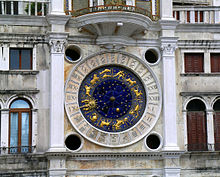
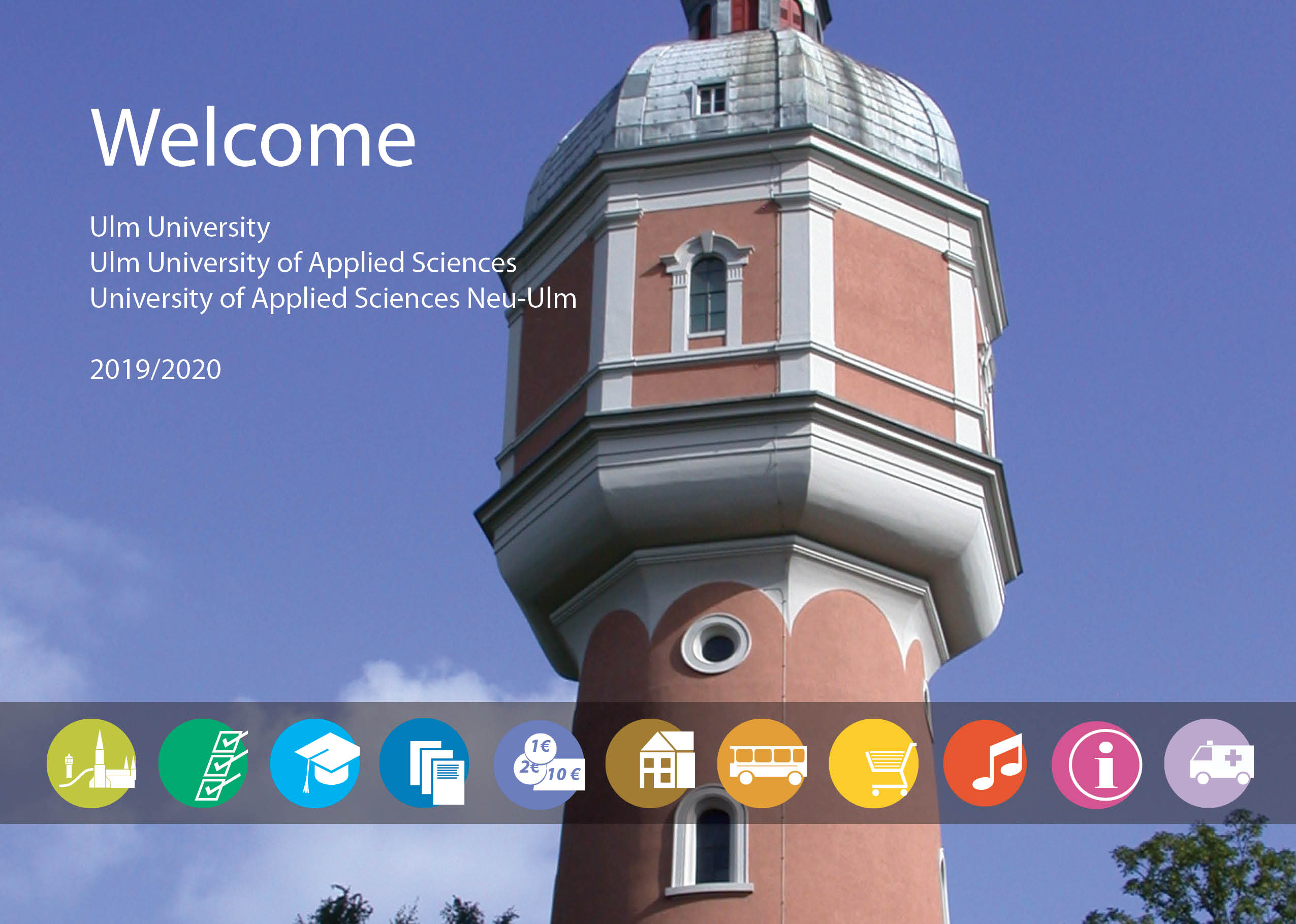

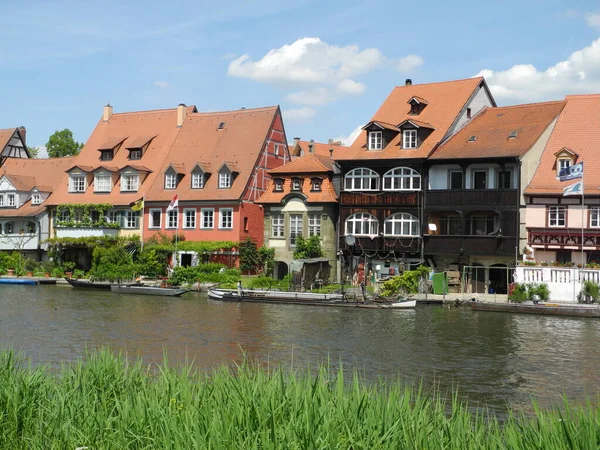
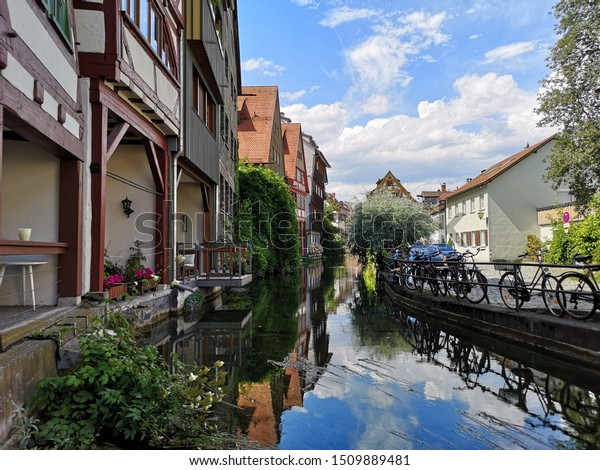
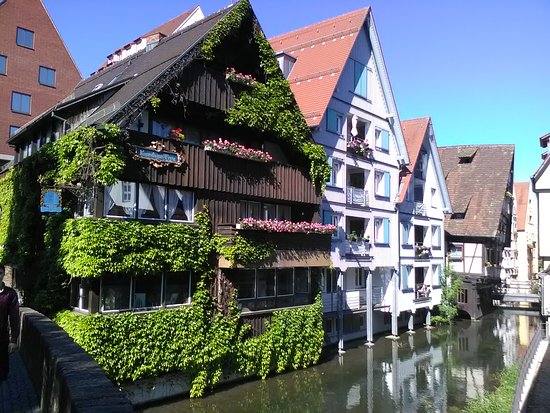

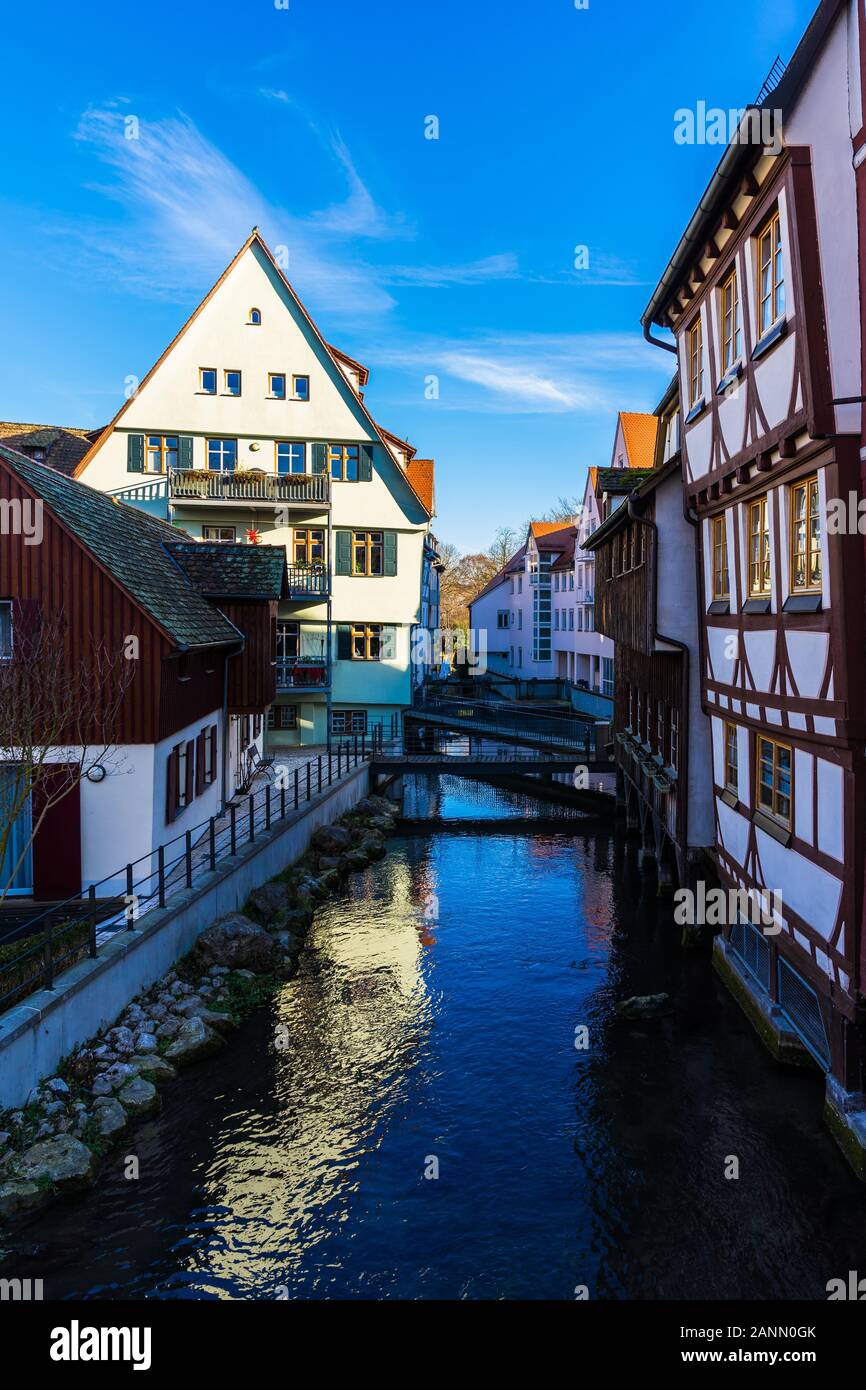
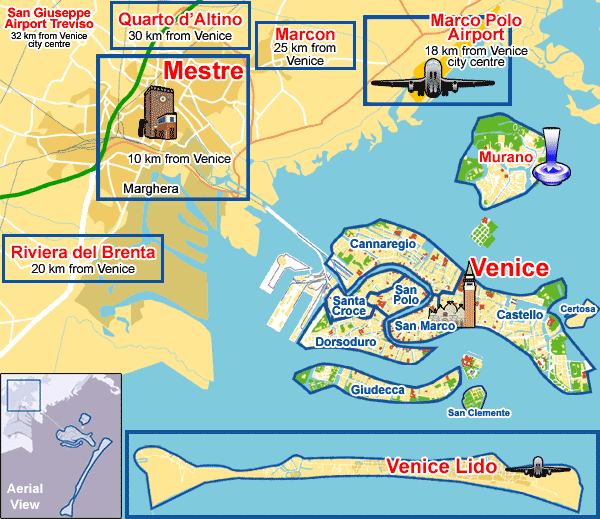
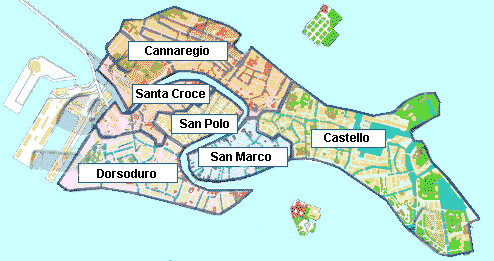
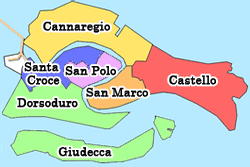
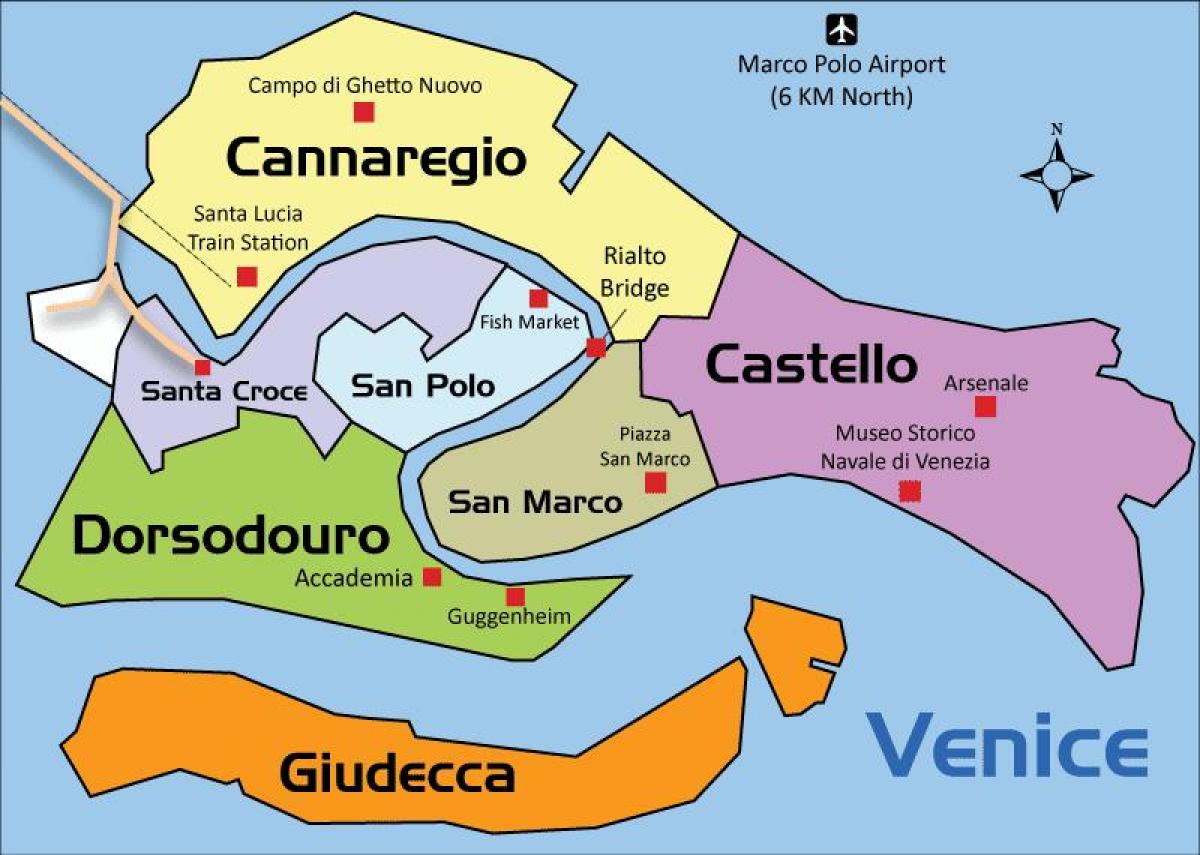



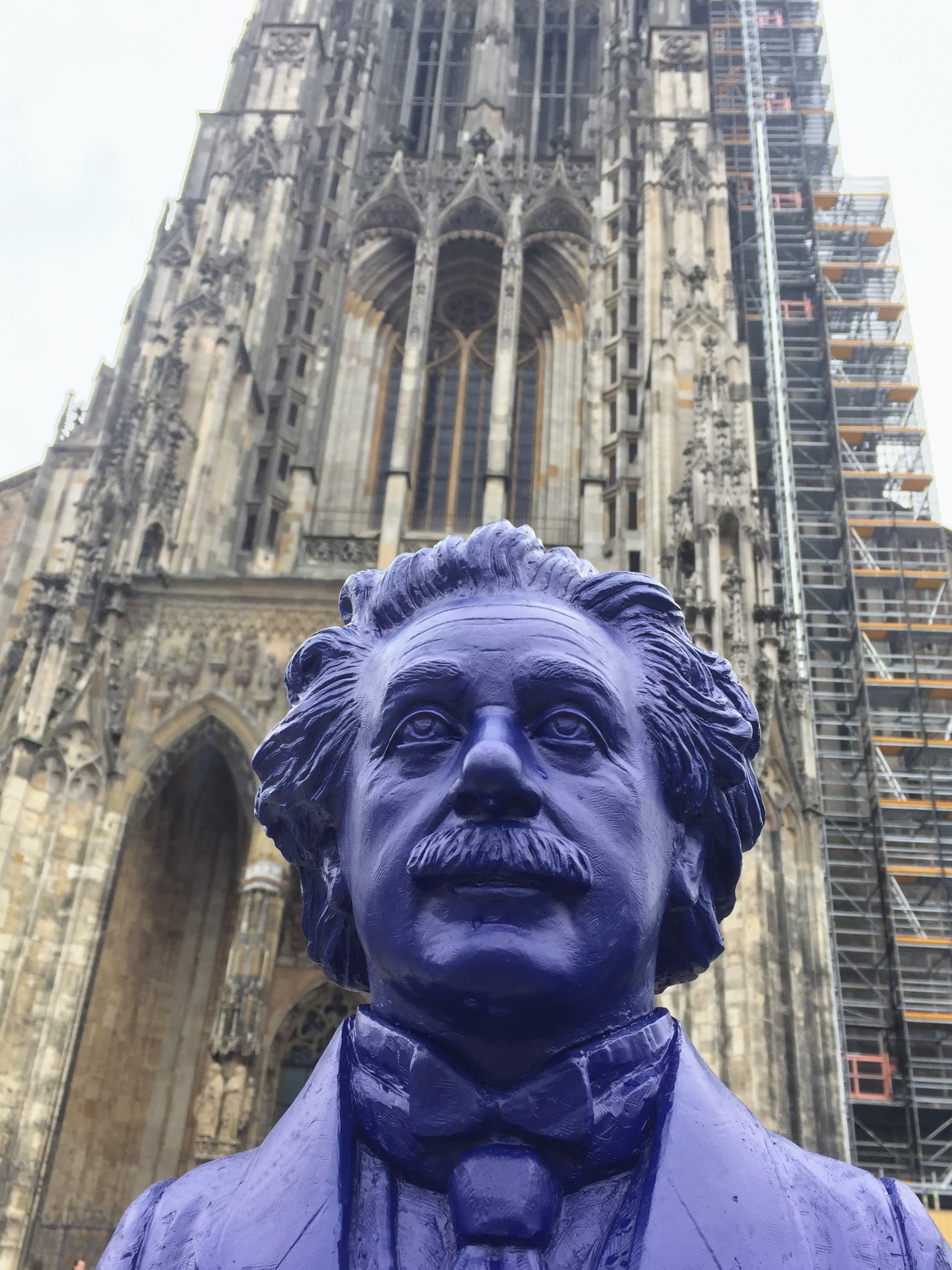

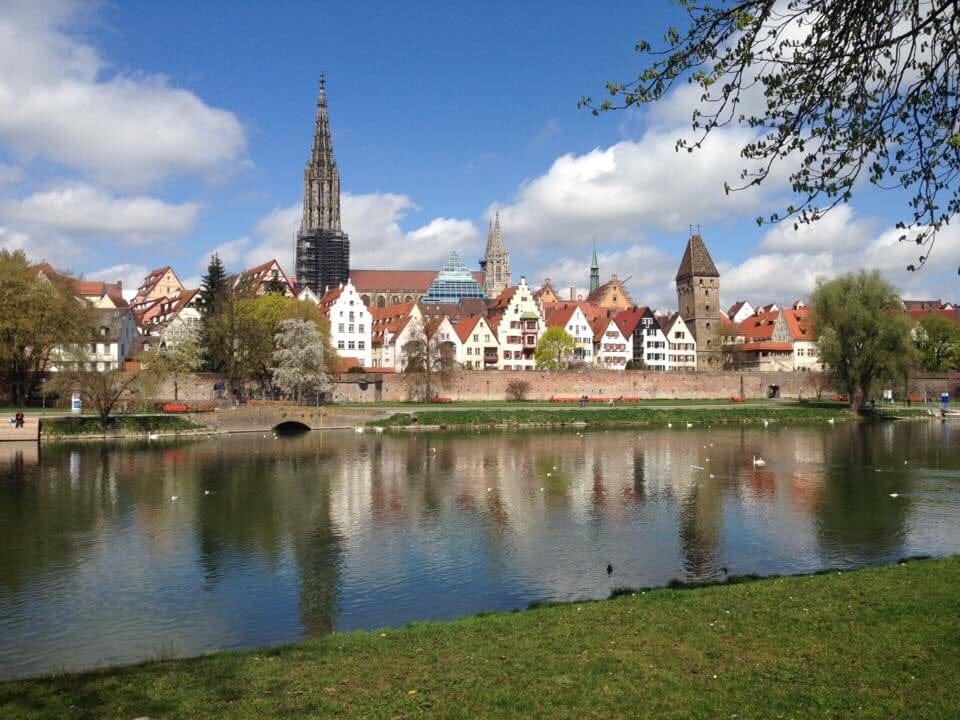





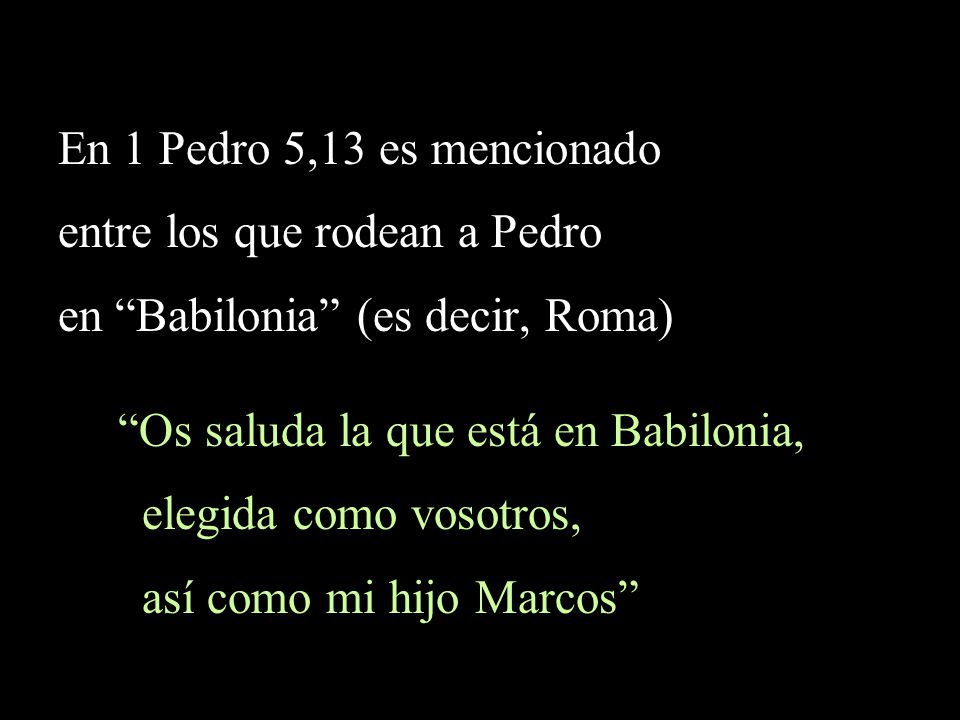
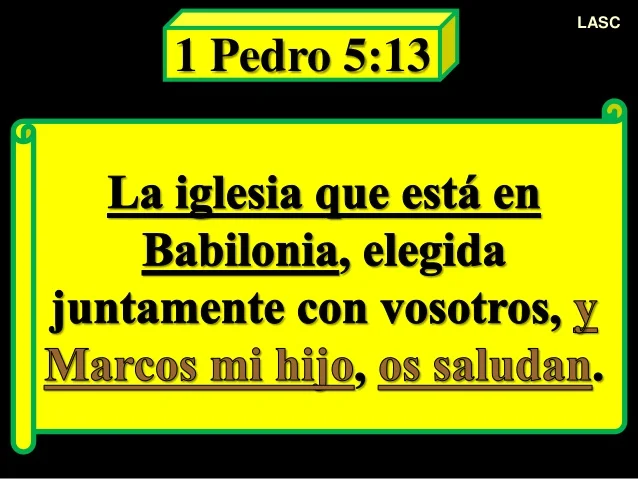

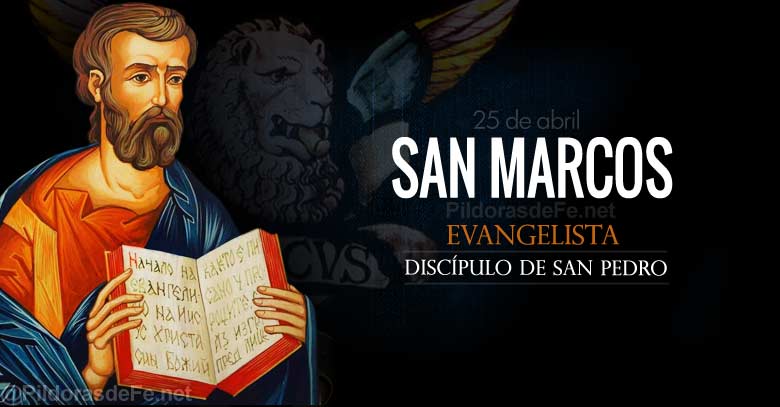


 Dodecahedron: is linked to Venus and Ether, the natural quintessence expressed by a temple’s dome.
Dodecahedron: is linked to Venus and Ether, the natural quintessence expressed by a temple’s dome.












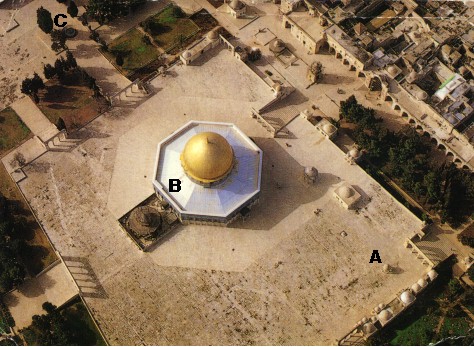




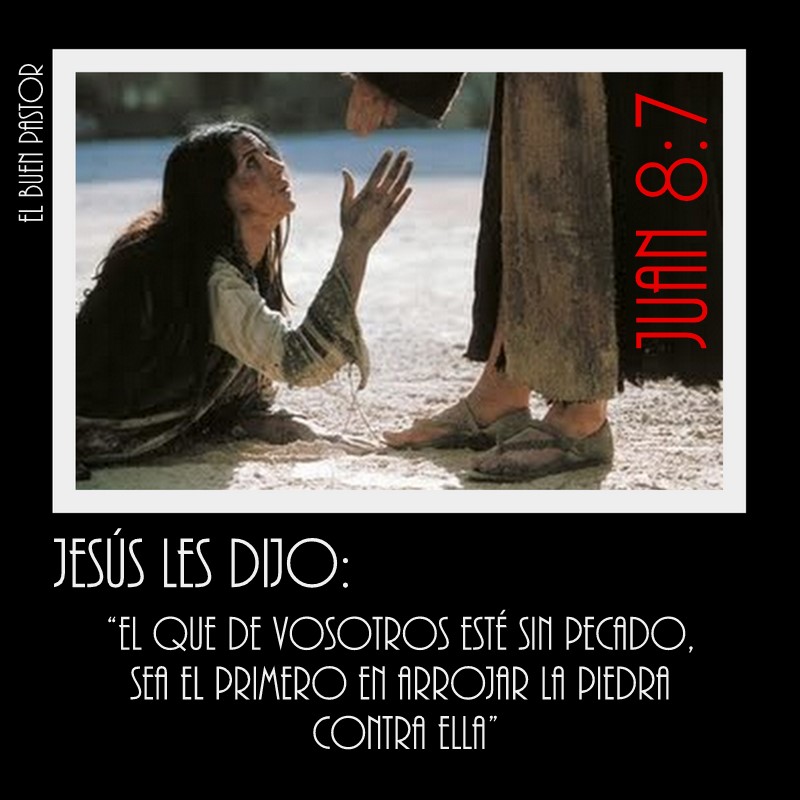
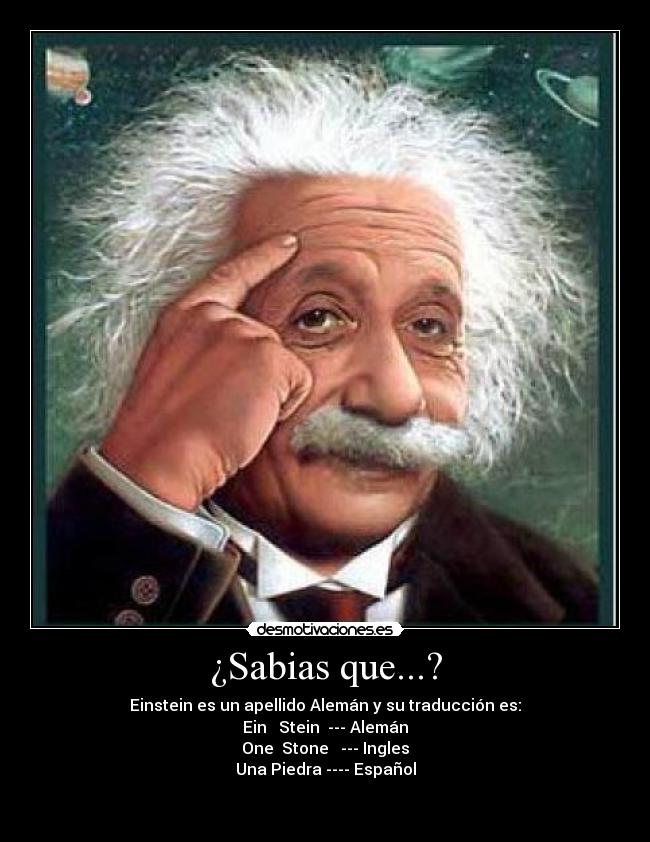
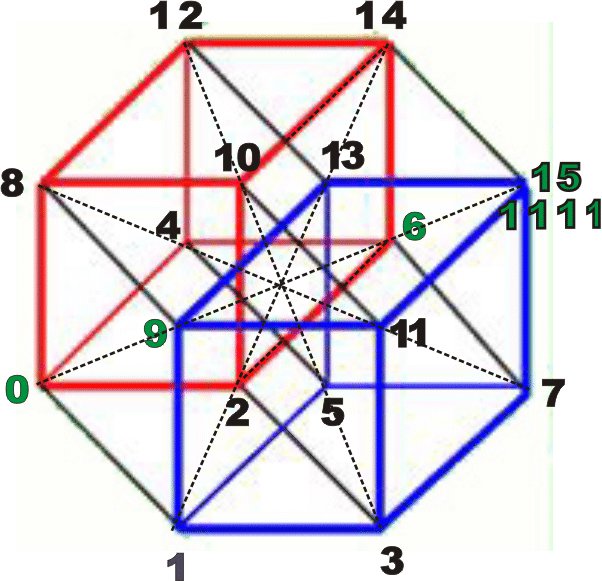
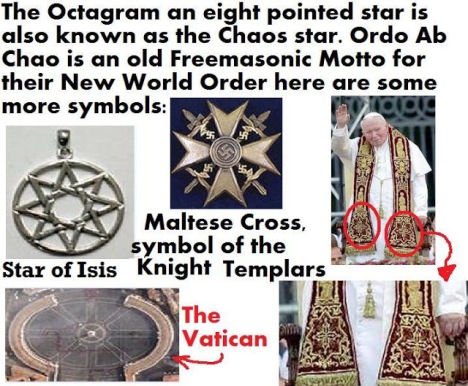


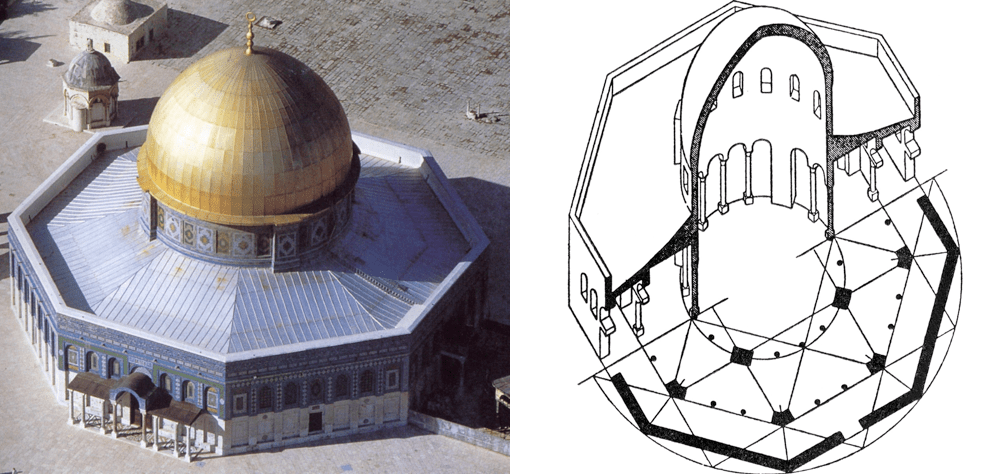
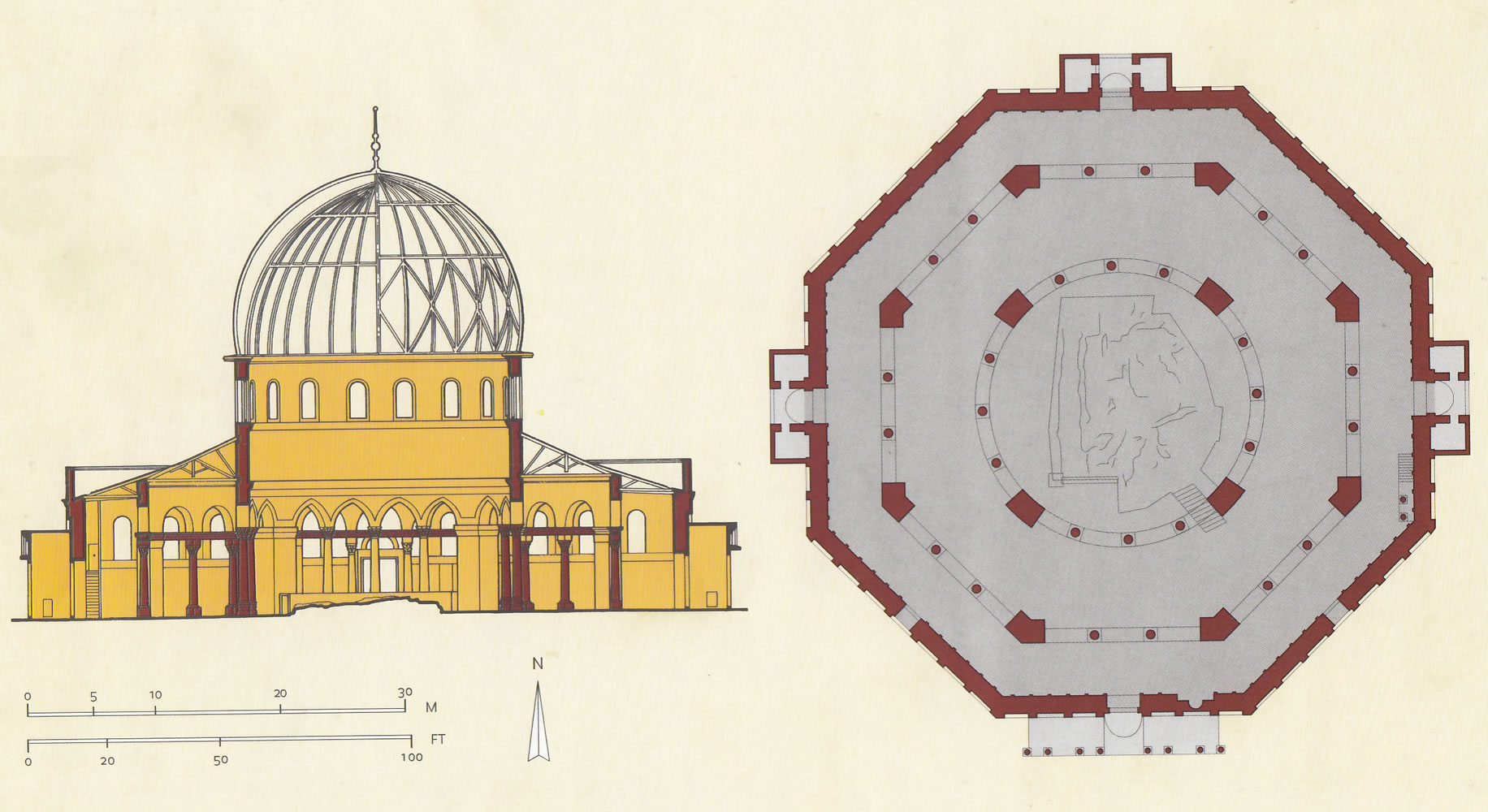
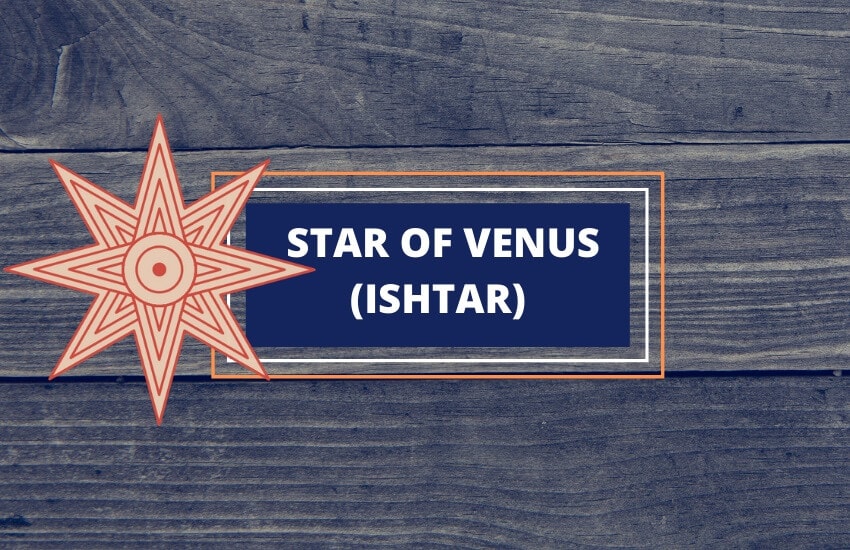
![59 - Curso de Relatividad General [Ecuaciones de Campo & Constante Cosmológica] - YouTube](https://i.ytimg.com/vi/HI3m80zLo24/maxresdefault.jpg)



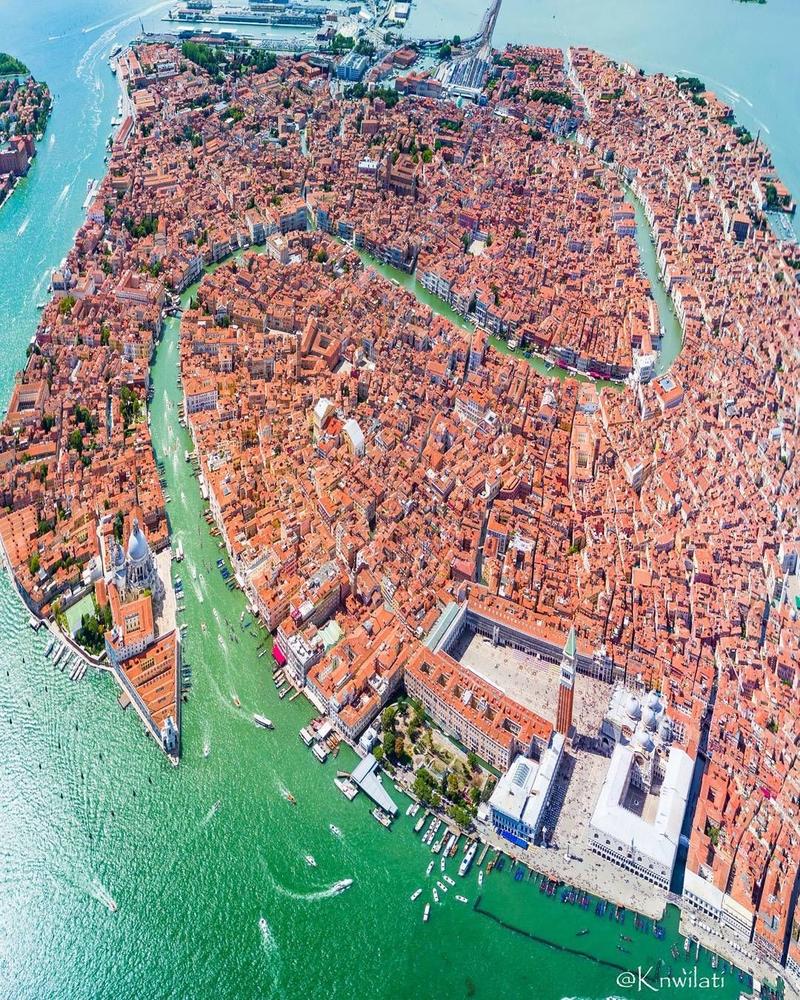
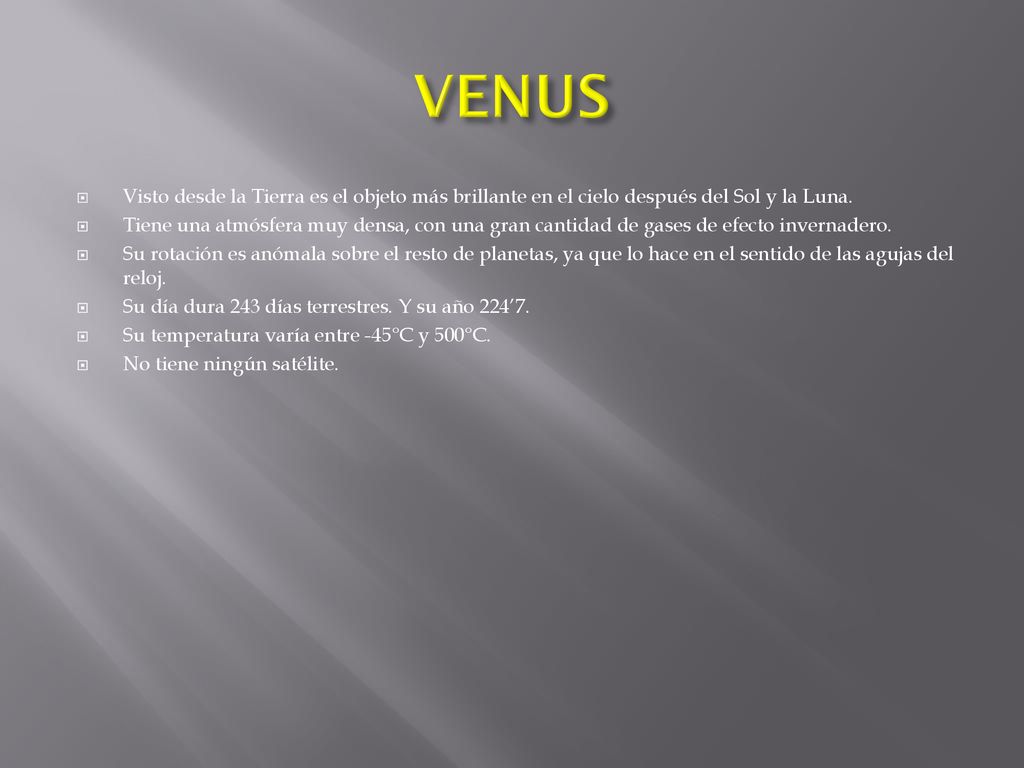
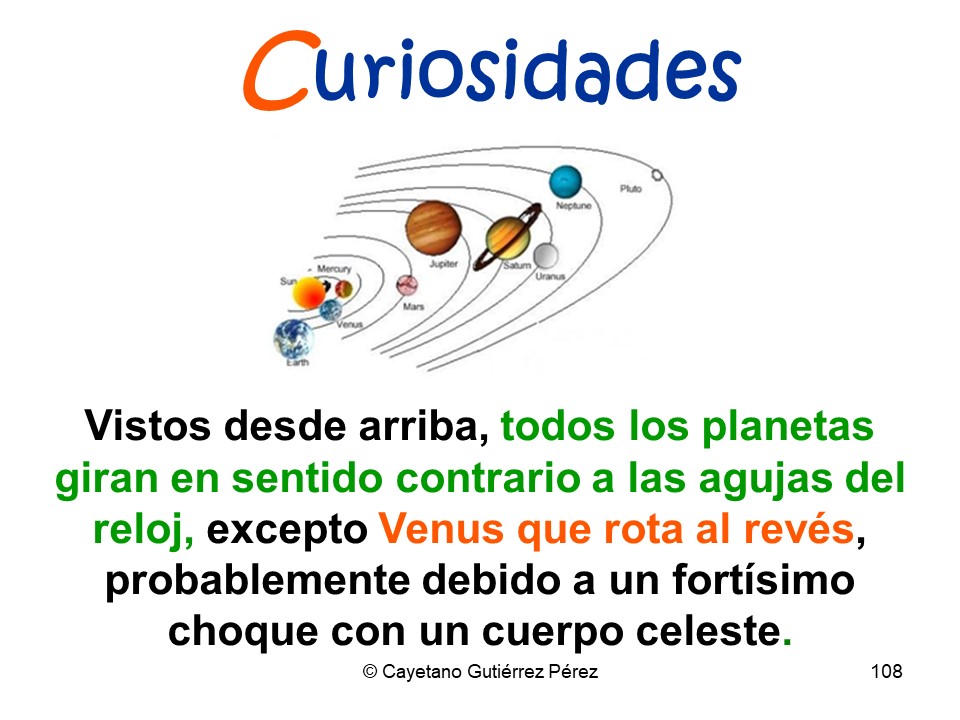
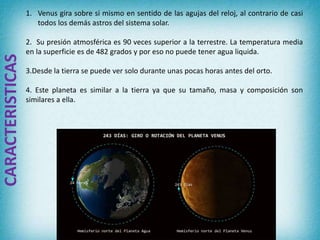


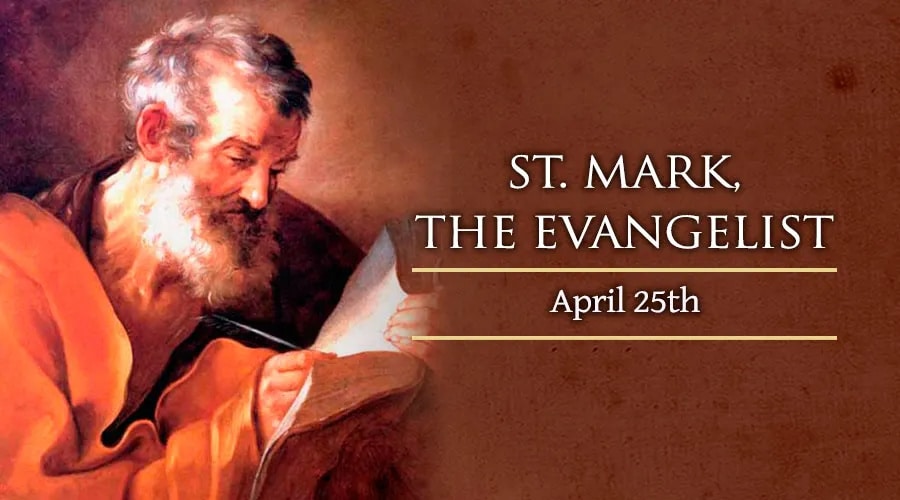
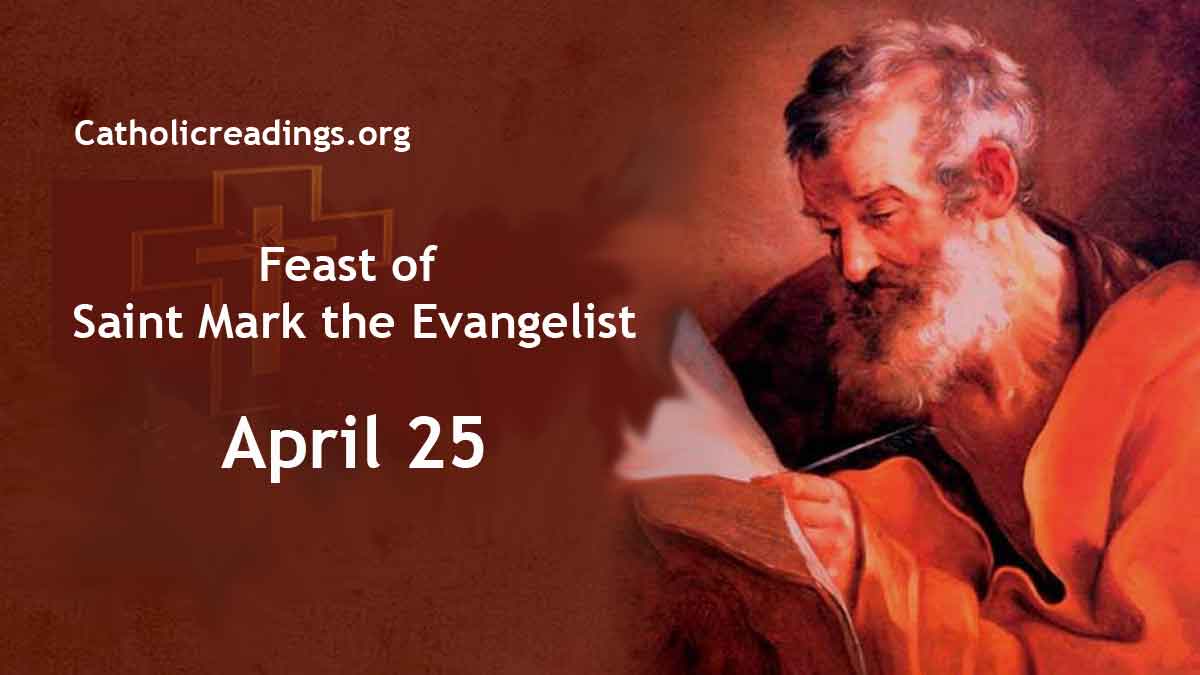
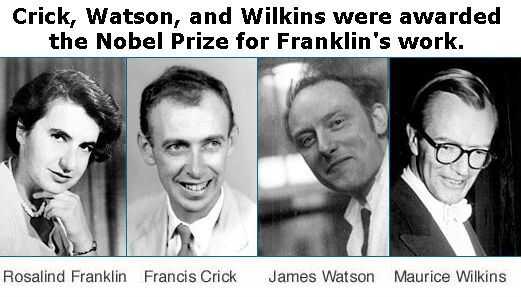
![Descubrimiento de la Estructura del ADN [Infografía]](https://3.bp.blogspot.com/-5btVztv_otA/XqTJX6FapKI/AAAAAAAAARs/DZFU_dHlelYXgLoFsmVLOZf2fEKMf73iQCPcBGAYYCw/s1600/descubrimiento-estructura-adn.png)
